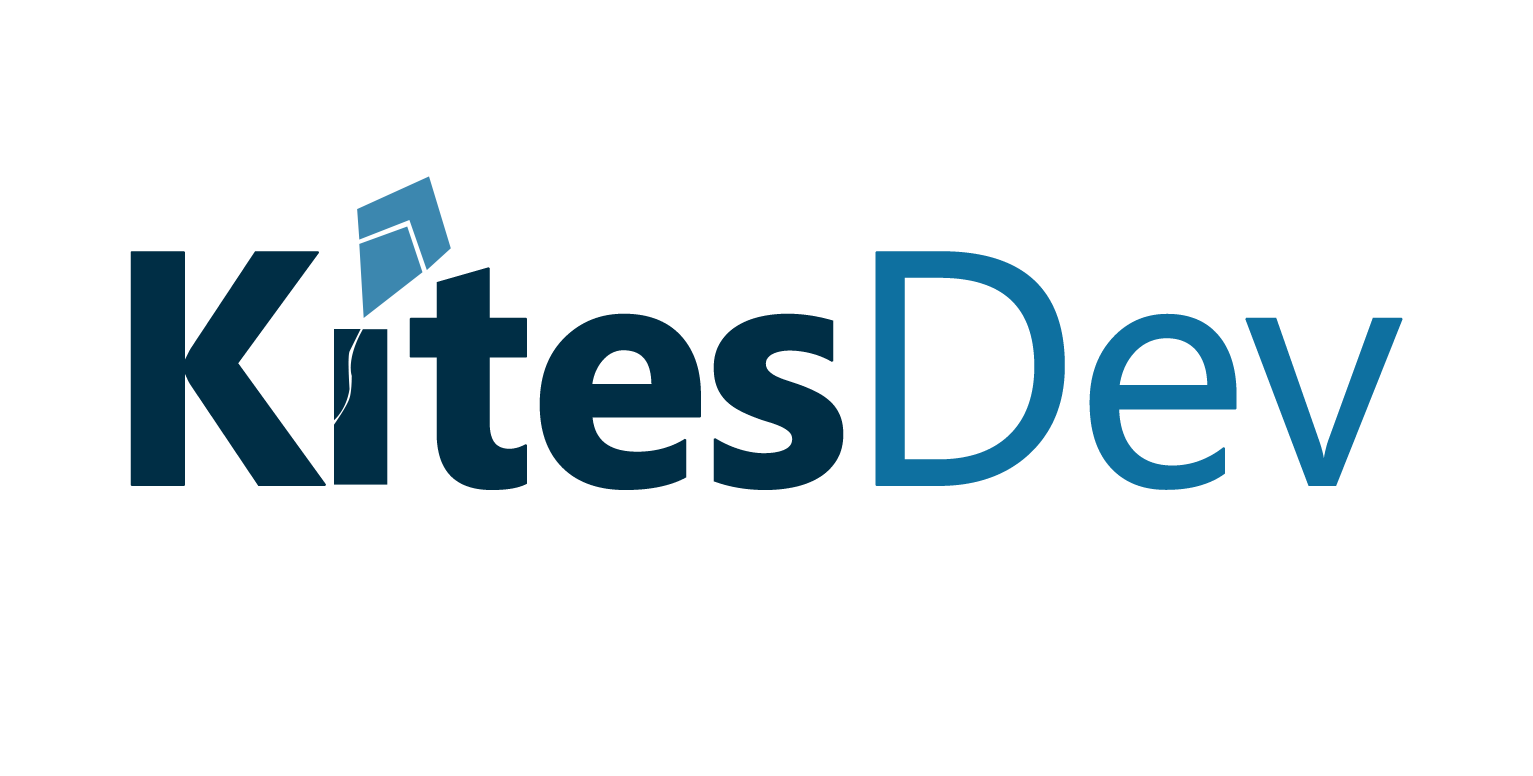How Scientists are Using AI to Automate Disease Diagnosis
In a world where people are becoming increasingly reliant on technology, scientists are working hard to use AI to automate the diagnosis of diseases. AI-enabled disease diagnosis has the potential to revolutionize the way doctors diagnose and treat illnesses, as well as reduce the cost of healthcare. Here we look at how scientists are using AI to automate the process of diagnosing diseases.
AI-Enabled Diagnosis
AI-enabled diagnosis is a process in which AI algorithms are used to analyze medical images and other data to detect signs of disease. AI-enabled diagnosis can significantly speed up the process of diagnosis, as AI algorithms can process large amounts of data quickly and accurately. AI-enabled diagnosis can also reduce the number of false positives, as AI algorithms are more effective at distinguishing between normal and abnormal images.
Using AI in Medical Imaging
AI-enabled diagnosis is particularly useful in medical imaging, as AI algorithms can quickly analyze images of the body, such as X-rays, CT scans and MRIs, to detect signs of disease. AI algorithms can be trained to identify patterns that may indicate the presence of a disease, such as spots or lesions on an X-ray or MRI image. AI-enabled diagnosis can also be used to detect signs of disease in other types of medical images, such as retinal scans and mammograms.
Using AI in Clinical Trials
AI-enabled diagnosis can also be used to analyze data from clinical trials. AI algorithms can be used to analyze large amounts of data from clinical trials to identify patterns that may indicate the presence of a disease. AI-enabled diagnosis can also be used to identify potential drug targets, as AI algorithms can quickly analyze data to identify potential drug targets that could be used to treat a particular disease.
Benefits of AI-Enabled Diagnosis
AI-enabled diagnosis has the potential to revolutionize the way doctors diagnose and treat diseases. AI-enabled diagnosis can reduce the amount of time it takes to diagnose a disease, as AI algorithms can quickly analyze large amounts of data. AI-enabled diagnosis can also reduce the number of false positives, as AI algorithms are more effective at distinguishing between normal and abnormal images. Lastly, AI-enabled diagnosis can help reduce the cost of healthcare, as it can reduce the number of unnecessary tests and procedures.
Conclusion
AI-enabled diagnosis has the potential to revolutionize the way doctors diagnose and treat diseases. AI algorithms can quickly analyze large amounts of data to detect signs of disease, as well as identify potential drug targets. AI-enabled diagnosis can also reduce the cost of healthcare, as it can reduce the number of unnecessary tests and procedures. AI-enabled diagnosis is an exciting area of research that has the potential to dramatically improve the way doctors diagnose and treat diseases.




